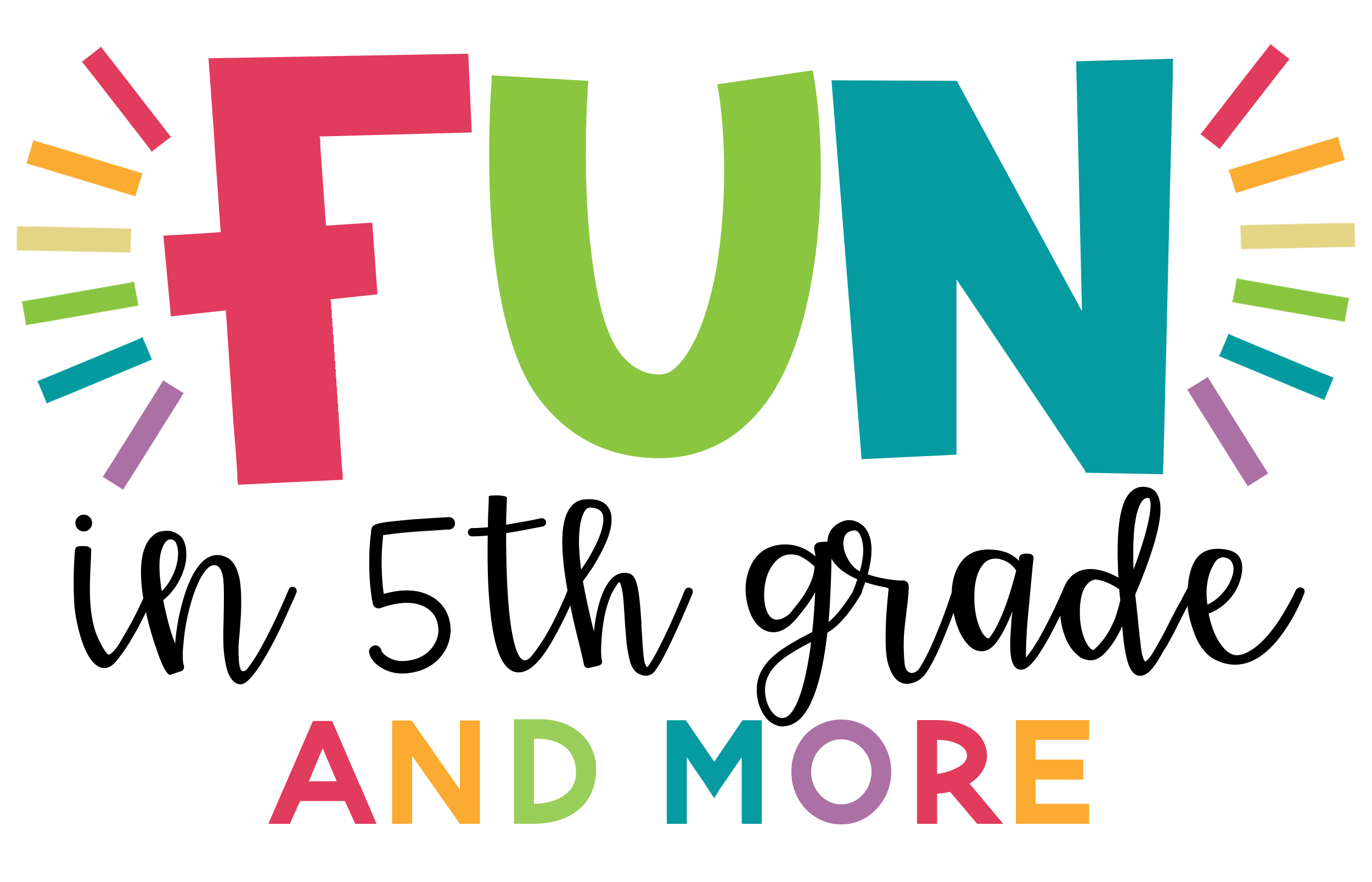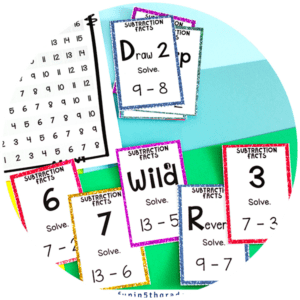Explore these 6 types of context clues to practice with your upper elementary students. Plus, a free poster download for each.
It was Mrs. White in the Library with the lead pipe.
If you’ve ever played a game of Clue, then you may be familiar with this kind of phrase.
In the game of Clue, the players try to figure out who committed the crime, in which room of the mansion it was committed, and with what weapon.
When I sat down to write this post about working on context clues with students, I couldn’t help but think of using context clues, much like playing a game of Clue.
When we are working through a text, I will often ask my students the meaning of a given word. Some of them will guess randomly, but some of them will find the context clues and figure it out. In this sense, our version of the game may often sound a little more like this…
“Braxton with the Synonym in paragraph 3.”
Or
“Maliah with the Definition in paragraph 5.”
Just like the board game, the more information the student gathers along the way, the more of the story they are able to piece together.

What are Context Clues?
Context clues are the words and information surrounding the given term that help to determine the meaning of the word. The reader uses the ‘context’ of the word as evidence to support a belief about the word’s definition.
Context clues may be a reference to something that is the opposite (antonym) or maybe even a word that is used to replace the word later on (a synonym).
There are many different types of context clues to practice, and teaching students these clues will give them an advantage as they read stories and decipher different types of texts.
Why are Context Clues Important?
When students use context clues, they are learning how to work through a piece of literature thoughtfully. They use the clues and evidence provided to interpret the text’s meaning.
Context clues help students develop their vocabulary, improve their reading comprehension, and generally become better readers because they are understanding and decoding more of the text.
In contrast, if a student gets in the habit of just skipping over words they don’t know, they will miss out on important details that the author is using to send a message through the text. This results in students not being able to comprehend the text completely and not getting all the benefits the information could provide.
Even worse, the student could ultimately be left uninformed or even misinformed because they have a fragmented understanding of the information.
Types of Context Clues to Practice with Upper Elementary Students
In my classes, we always focused on 6 types of context clues, and we used posters to display them in the classroom where students could easily reference them during their assignments and reading time. Make sure you grab your own FREE copy of the posters below!
The 6 types we studied include…
#1 | Definitions
When a definition is used as a context clue, the reader is able to find the actual definition of the word right in the text. In these moments, the author has explained the meaning of the word right in the sentence or selection.
Example: Along the way, they passed a Labradoodle, a dog that is part Labrador and Poodle.
#2 | Synonyms
Students may find an example of a synonym context clue when the author uses words that are similar in meaning to the word the student is trying to define.
For example, Rosemary’s dress looked ebony in this light. It was more black than blue.
#3 | Antonyms
Sometimes the author will use words that have the opposite meaning in a sentence. This is called an antonym. By figuring out what the definition is not, sometimes we can deduce what it is.
For example, Justin thought he had the correct answer, but it ended up being incorrect.

#4 | Examples
One of my favorite types of context clues to practice is examples because they are used frequently in different types of writing.
Sometimes to help understand the meaning of a word, an author might provide some examples of the word right in the sentence or selection.
For example, as Jane searched for a spherical desk, she found several that were circles and ovals, all of which made for some great options.
#5 | Inferences
Sometimes an author won’t provide a definition, but they do provide some clues to help determine the meaning of the word. These clues are called inferences.
For example, Jesse couldn’t help but be disappointed. She had always hoped to get the lead in the play, but she was cast as a backup dancer.
#6 | Word Parts
The word parts can be very helpful when determining the definition of the word. By identifying the word parts, a student can deduce the meaning of the word.
For example, if the car starts to hydroplane, and a student knows that hydr has to do with water, they can figure out that the definition has to do with water in some way.
Practicing and Reviewing How to Use Context Clues
Once your students are familiar with the types of context clues to practice, you can start reviewing them.
There are many different ways to review context clues.

You can read books and pause to determine the meaning of different words along the way as an entire class. You could also have students do close reads like these but use the passages to focus specifically on how context clues are used.
You could also use a text and have students go on a context clues hunt through a passage.
Personally, I have always liked using games for review, so I really like using these U-KNOW decks to practice using context clues to determine the meaning of words in isolated contexts and also to identify the different types of context clues being used.
Whether it is “Randy in the 2nd paragraph with the word parts.” or “Macy in the third chapter with the inference,” hopefully, your students will be solving many vocabulary-based mysteries using these different types of context clues to practice soon!
If you are looking for even more ways to practice context clues, check out this blog post!





